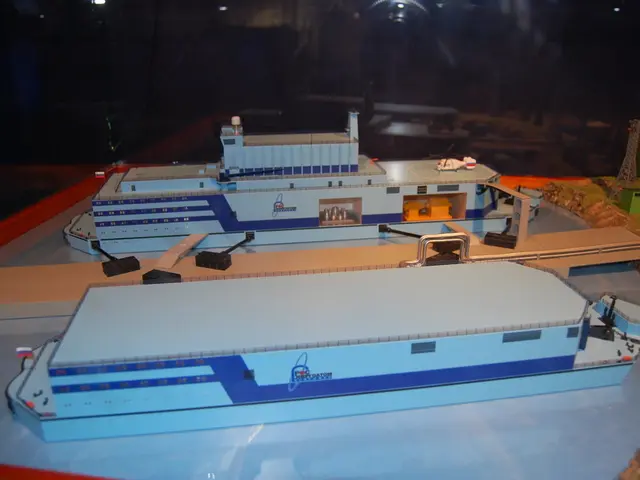Detailed Examination of Costs Involved in Creating Custom Carbon Management Software - Insightful Breakdown
The growing emphasis on reducing carbon emissions has led to a surge in demand for white-label carbon management software. One company at the forefront of this movement is Appinventiv, a leading energy software development service provider.
Appinventiv follows a robust, agile white-label carbon management software development process, often partnering with clients as a pseudo-CTO. Their commitment to Environmental, Social, and Governance (ESG) principles ensures that every solution they deliver empowers businesses to achieve their carbon neutrality goals and supports their journey toward a more sustainable future.
Cost Variables in Developing White-Label Carbon Software
The cost to develop white-label carbon software can vary greatly, ranging from $45,000 to $300,000. Several key factors contribute to this wide range.
- Complexity and Features: The scope of the software, including core functionalities and advanced features, impacts the cost. Advanced features like scenario planning and AI-driven analytics add complexity and increase costs.
- Customization: Customizing the software to align with client branding and specific environmental regulations can increase development time and costs.
- UI/UX Design: The cost of creating an intuitive and user-friendly interface contributes to the overall cost.
- Integration with Existing Systems: Integrating the carbon management software with existing systems can be complex and costly, especially if it involves multiple platforms or legacy systems.
- Regulatory Compliance: Ensuring that the software complies with environmental regulations adds to the development cost.
- Development Team and Location: The experience and location of the development team can affect costs.
- Technology Stack and Infrastructure: The choice of technology stack and infrastructure can influence development costs.
The Development Process
The development process followed by Appinventiv includes several stages: Requirement Analysis, Prototype Design, Core Development, Integration and Testing, Deployment and Training, and Post-Launch Support.
Appinventiv specializes in crafting platforms that meet global compliance standards, integrate seamlessly with existing business systems, and leverage advanced technologies like AI and blockchain. They solve the challenges associated with implementing carbon management software by creating software that integrates IoT technology and APIs with legacy systems, building compliance tracking modules that can be updated regularly with the latest global and regional regulations, simplifying workflows with user-friendly interfaces and gamified features, and building modular software that grows with the client's business.
The Market Outlook
The white-label carbon management software market is projected to grow from $18.52 billion in 2024 to $100.84 billion by 2032. Appinventiv helps clients create a product roll-out plan, including marketing strategies for great adoption and virality.
Key Features
Key features of white-label carbon management software include emission insights across Scopes, scenario planning and forecasting, real-time analytics dashboards, customizable reporting modules, integration with IoT devices, carbon offset tracking, supply chain analysis, compliance and certification support, collaboration and workflow automation, integration with ERP and legacy systems, renewable energy transition support, machine learning for predictive analytics, and a tech stack that includes React.js, Angular, Vue.js, Python, Node.js, Java, PostgreSQL or MongoDB, AWS, Azure, Google Cloud, Edge devices, sensors, gateways, TensorFlow, PyTorch, and APIs for ISO or GHG certification validation.
Effective marketing strategies suggested by Appinventiv include Thought Leadership Content, Targeted Social Media Campaigns, Partnership with Industry Associations, Product Demonstrations, Customized ROI Projections, Webinars and Online Events, Influencer Marketing in Sustainability, and Gamification Features.
In conclusion, the development of white-label carbon management software is a complex process that requires careful planning and consideration of various factors. Appinventiv, with their expertise and commitment to ESG principles, offers a comprehensive solution for businesses looking to reduce their carbon footprint and contribute to a more sustainable future.
- Machine learning techniques can be utilized in white-label carbon management software to provide predictive analytics for emission forecasting.
- The integration of environmental-science principles with financial and business practices is crucial in the development of effective white-label carbon management software.
- Technology advancements in areas such as artificial intelligence, blockchain, IoT, and cloud computing are shaping the future of white-label carbon management software in environmental-science and business sectors.




